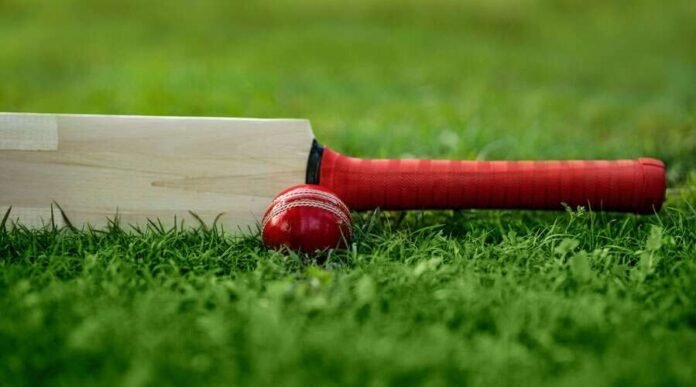Understand how cricket can be used as a diplomacy strategy
Cricket is key in Indian culture. It’s not by accident that the sport is so popular among Indians on https://ivibet.com/. It embraces socio-political relationships. One example is cricket diplomacy. This unique diplomatic approach uses cricket to ease tensions. It helps start conversations and improves relationships between countries, notably India and Pakistan.
Historical Context
In 1987, during a cricket match set in Jaipur, General Zia-ul-Haq of Pakistan visited India. This visit was not just about sports. It was a strategic diplomatic effort during a tense time between the two nations. This event was one of the first to show how cricket could lead to peaceful dialogue. It was known as “cricket for peace.”
Prominent Instances of Cricket Diplomacy
2004 was the year marked by the tour of Indian cricket in Pakistan. It happened after a 15-year break. This period had seen strained relations and little sporting contact. The tour, called the “Friendship Series,” was eagerly awaited by millions. It acted as an ice-breaker and softened public and diplomatic views in both nations. It was a notable instance of cricket diplomacy.
In 2011, the World Cup semi-final in Mohali, India, was attended by the Prime Ministers of India and Pakistan. “Mohali diplomacy,” as the semi-final was dubbed, was not just sport; it showed how cricket could bring national leaders together, providing a framework for discussions and interactions that tend towards peace.
Impact on International Relations
Thus, such cricket diplomacy works well as it gives a different image of another country. Playing cricket humanizes the relationship between two rival nations. The enemy becomes familiar or semi-familiar because we are all playing the same game and they are the opponents. Due to the sense of fun and competition, cricket inspires participants from different backgrounds to “shake hands” and welcome each other and allows everyone to believe that the case is equal. The rival countries, such as India and Pakistan, often do not negotiate at a political level except through cricket. It’s informal, but at the same time symbolic. The match between India and Pakistan is very popular. This increases the sense of national solidarity and mutual pride. The playing field is never completely covered and there is always public interest in the game. Therefore, the match has only one opportunity to make a political statement in a much more subtle way. Fashionable performances are also covered prominently.
Challenges and Criticisms
Cricket diplomacy has its successes, but it also faces criticism. Skeptics say its effects are short-lived. They argue that sports alone can’t solve deep political and territorial issues. For example, better relations during cricket games don’t always lead to lasting policy changes or conflict resolutions.
Also, the strong emotions tied to cricket can increase tensions instead of calming them. There have been instances of violence or public outcry after matches. These show that cricket can both unite and divide.
Future of Cricket Diplomacy
Looking ahead, cricket’s role as a diplomatic tool is promising yet complex. The sport has great potential to foster peace, especially by starting dialogues and softening views. For ongoing success, it must be part of a wider diplomatic effort. This should include various forms of dialogue and engagement.
In our connected world, sports diplomacy, including cricket, serves as a unique and effective diplomatic channel. Cricket is known as the “gentleman’s game”. Not coincidentally, cricket is important in stadiums and on the global stage. A game can go beyond creating a bridge to peace and understanding. And cricket is the living proof of it.


